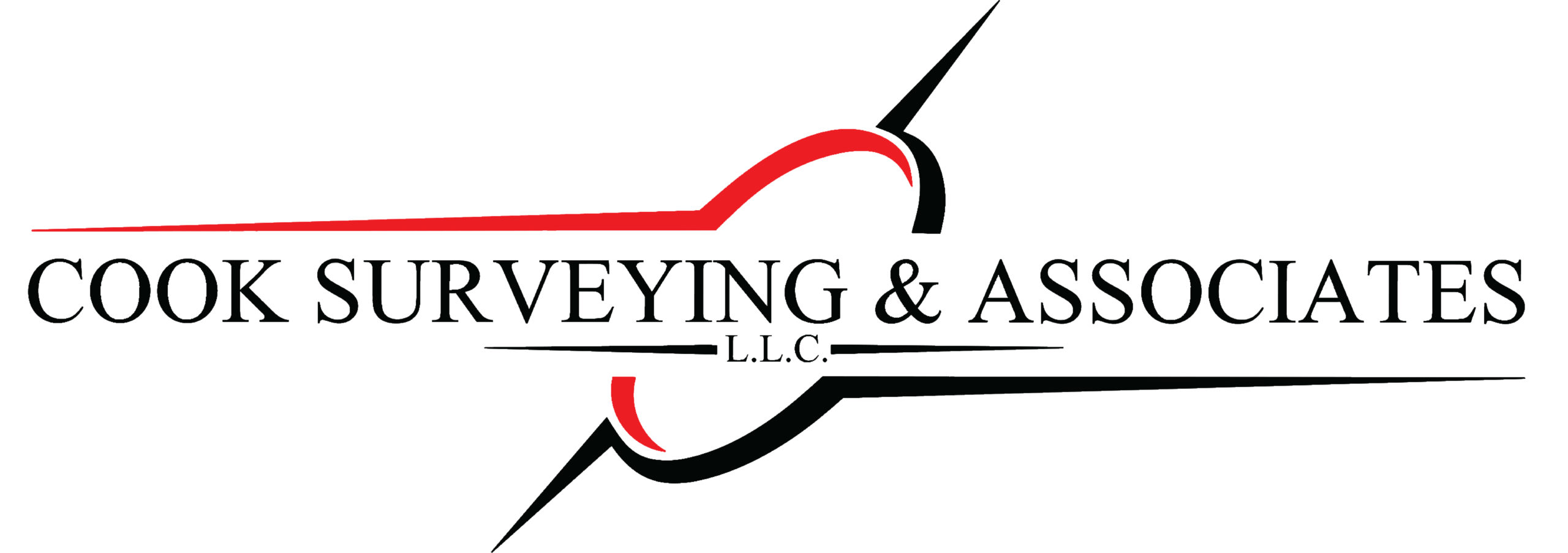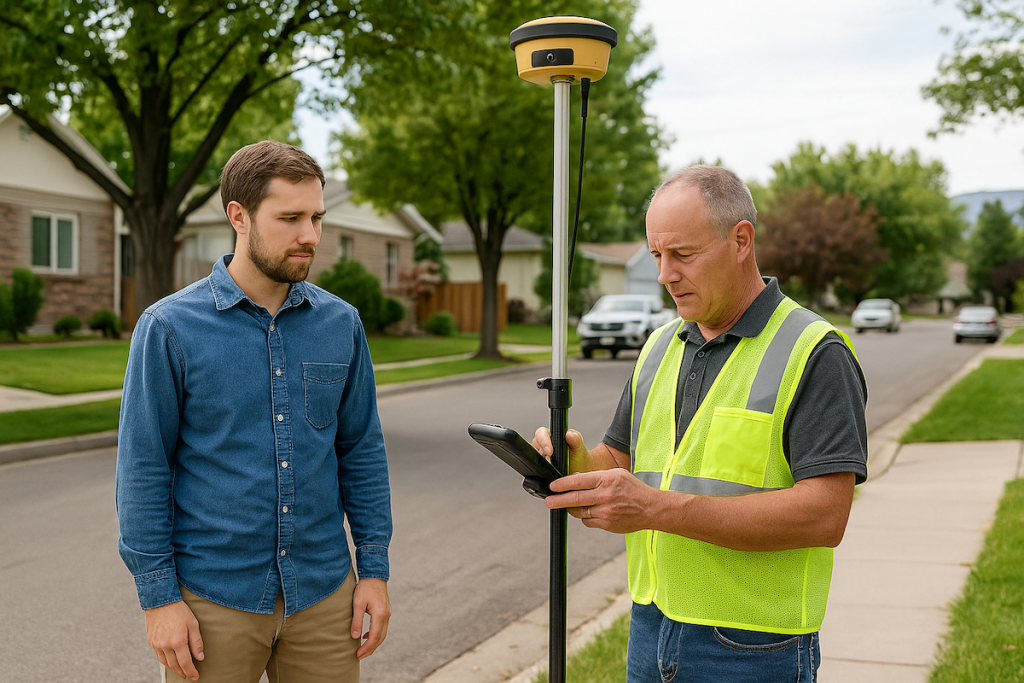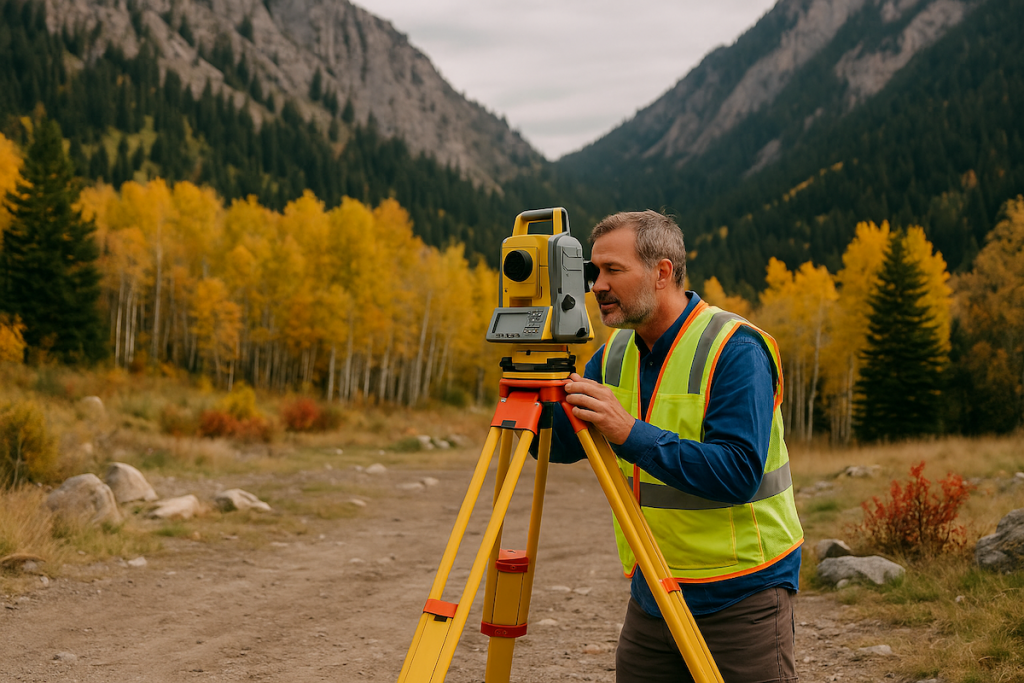Land use plays a pivotal role in planning and managing our communities, ecosystems, and economies. Understanding the different types of land use is essential for developers, planners, and conservationists alike, especially in diverse landscapes like those found in Utah. From the bustling streets of Salt Lake City to the serene expanses of the Wasatch Range, the way land is utilized shapes our environment and our future. This article delves into the four main types of land use, providing insights into each category’s unique characteristics and challenges.
1. Residential Land Use
Residential areas are designed for housing and accommodation purposes. This type of land use varies widely, from single-family homes in suburban neighborhoods to high-rise apartments in urban centers. Residential land use focuses on creating communities where people can live, interact, and access essential services.
- Characteristics: Includes homes, apartments, condos, and facilities that support daily living.
- Challenges: Balancing density with livability, ensuring access to amenities, and integrating with other land uses.
For more on residential zoning and planning, the Urban Land Institute provides valuable resources and case studies.
2. Commercial Land Use
Commercial land use is dedicated to business activities and commerce. This includes retail centers, offices, hotels, and entertainment venues. Commercial areas are vital for economic development, offering goods, services, and employment opportunities.
- Characteristics: Ranges from small shops to large shopping malls and business parks.
- Challenges: Ensuring adequate infrastructure, managing traffic flow, and sustaining economic viability.
The International Council of Shopping Centers offers insights into commercial development trends and strategies.
3. Industrial Land Use
Industrial areas are designated for manufacturing, production, distribution, and storage. These areas are crucial for the economy, providing a base for industries ranging from light manufacturing to heavy industrial operations.
- Characteristics: Includes factories, warehouses, and research facilities.
- Challenges: Mitigating environmental impacts, providing transport and logistical support, and integrating with surrounding land uses.
For guidelines on sustainable industrial development, The World Bank’s resources on environmental and social frameworks offer comprehensive guidance.
4. Agricultural Land Use
Agricultural land use encompasses areas used for farming and livestock. It is the backbone of the food supply chain, supporting both local and global food security. In Utah, agriculture plays a significant role in rural communities, contributing to the state’s heritage and economy.
- Characteristics: Includes crop fields, orchards, vineyards, and pastures.
- Challenges: Balancing productivity with environmental conservation, managing water use, and adapting to changing climate conditions.
Integrating Land Uses for Sustainable Development
Balancing these land uses is critical for sustainable development. Effective land use planning ensures that residential, commercial, industrial, and agricultural areas coexist harmoniously, supporting economic growth while preserving the environment and quality of life.
For those interested in land surveying and planning services in Utah, Cook Surveying’s expertise can guide you through the complexities of land use planning and development.
Conclusion:
The four main types of land use—residential, commercial, industrial, and agricultural—each play a unique role in shaping our communities and environment. Understanding these categories helps stakeholders make informed decisions that promote sustainable growth and development. As we continue to develop and conserve the land around us, embracing integrated planning strategies will be key to building resilient, vibrant communities in Utah and beyond.




